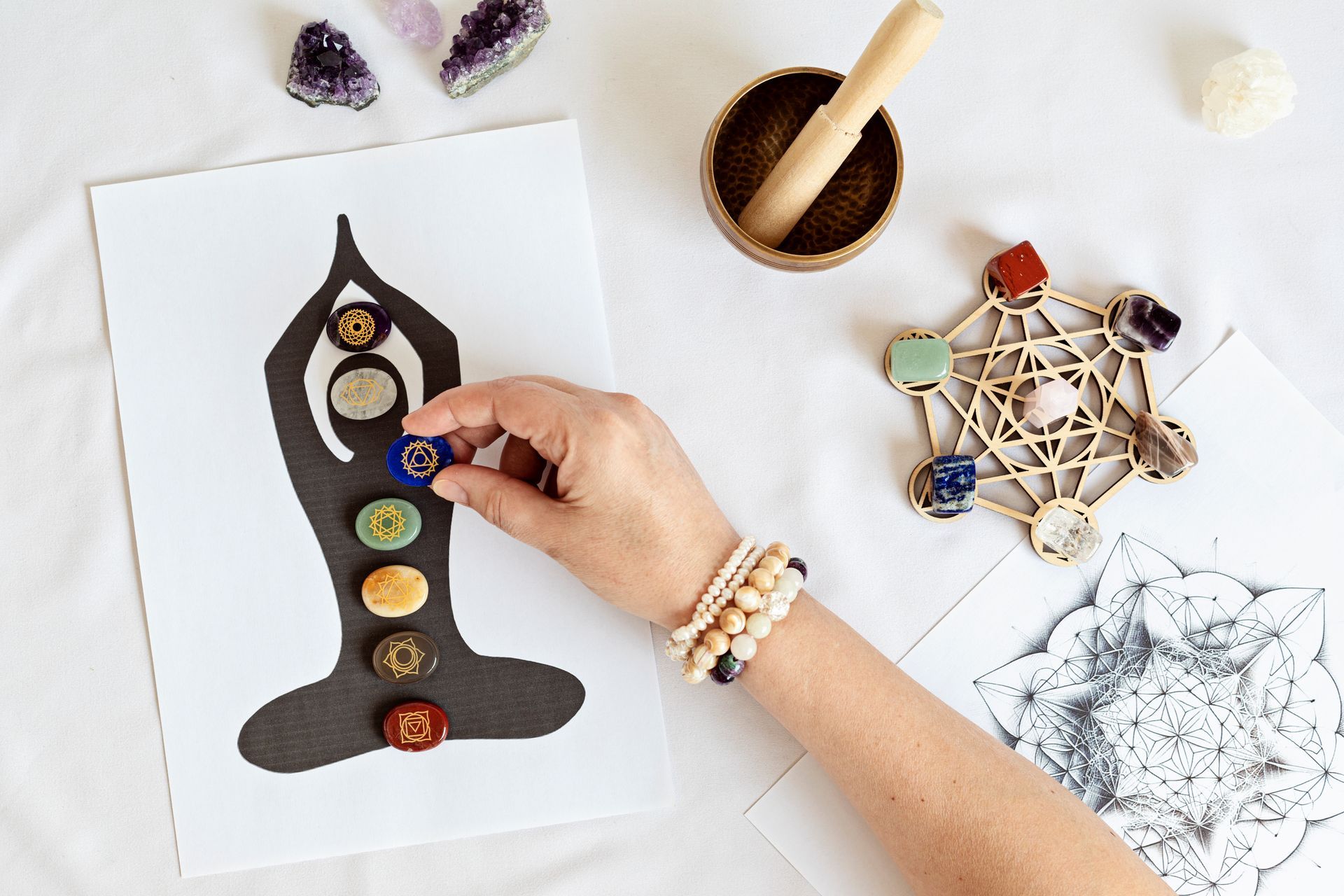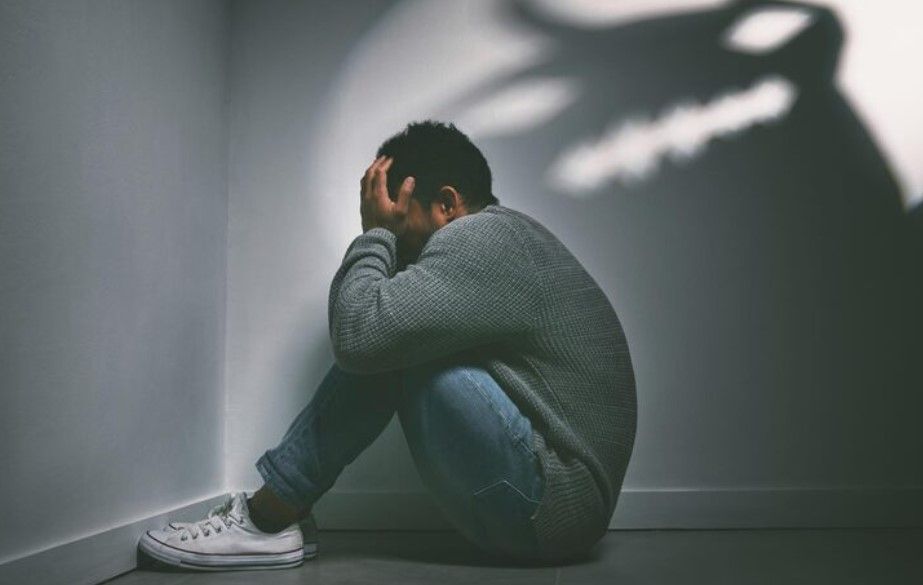Sacred Patterns, Quiet Minds: The Therapeutic Power of Mandalas
Introduction: Where Geometry Meets Healing
In a world that often feels chaotic and overstimulating, the mandala offers a quiet refuge—a symmetrical sanctuary of shape, color, and intention. Rooted in ancient spiritual traditions and now embraced by modern psychology, mandalas are more than decorative art. They are tools for healing, mindfulness, and self-discovery. Whether drawn, colored, or simply observed, mandalas invite us into a meditative state where patterns become pathways and silence becomes strength.

Origins and Symbolism: A Universal Language of Wholeness
The word mandala comes from Sanskrit, meaning “circle.” But its significance transcends geometry. In Hinduism and Buddhism, mandalas represent the universe, the self, and the cyclical nature of life. Tibetan monks create intricate sand mandalas only to dismantle them—an act symbolizing impermanence and spiritual detachment.
Across cultures, mandalas appear in stained glass windows, indigenous medicine wheels, and even cellular biology. Their radial symmetry speaks to a universal longing for balance, unity, and connection.
The Psychology of Mandalas: Carl Jung’s Legacy
Swiss psychiatrist Carl Jung was among the first to introduce mandalas into Western psychology. He saw them as expressions of the unconscious mind—a way to externalize inner chaos and move toward integration. Jung encouraged patients to draw mandalas during therapy, noting that the process often led to emotional clarity and personal insight.
Today, mandalas are used in art therapy to:
- Reduce anxiety and promote relaxation
- Enhance focus and emotional regulation
- Support trauma recovery through nonverbal expression
- Foster a sense of control and containment
The act of creating within a defined space—a circle—can be profoundly grounding, especially for those navigating emotional turbulence.
Coloring as Meditation: Accessible, Intentional, Transformative
In recent years, mandala coloring books have surged in popularity, not as a trend but as a therapeutic practice. Unlike freeform drawing, mandala coloring offers structure without pressure. It allows individuals to:
- Engage in flow states, where time and worry dissolve
- Practice mindfulness, focusing on the present moment
- Explore symbolic meaning, choosing colors that reflect mood or intention
- Experience creative agency, even within constraints
For many, this quiet ritual becomes a form of emotional hygiene—a way to reset, reflect, and restore.
Mandalas in Clinical and Community Settings
Mental health professionals, educators, and wellness practitioners are increasingly integrating mandalas into their work. Applications include:
- Group therapy: Collaborative mandala creation fosters connection and shared reflection
- Grief counseling: Mandalas help externalize complex emotions and honor memory
- Mindfulness programs: Used alongside breathwork and meditation for holistic healing
- Youth engagement: Mandalas offer a nonverbal outlet for self-expression and emotional literacy
These sacred patterns become bridges—between inner and outer worlds, between silence and story.
Conclusion: A Circle That Holds More Than Art
In a time when mental health conversations are expanding to include creativity, spirituality, and embodiment, mandalas offer a gentle yet powerful tool. They remind us that healing doesn’t always require words. Sometimes, it begins with a pencil, a palette, and a circle.
Sacred patterns don’t just quiet the mind—they illuminate it. And in that stillness, we often find what we didn’t know we were seeking: balance, insight, and a deeper sense of self.
CATEGORIES












